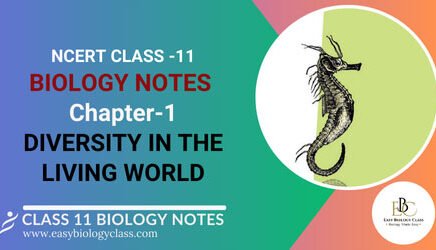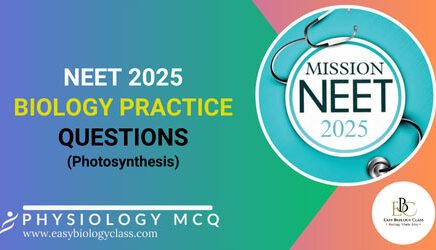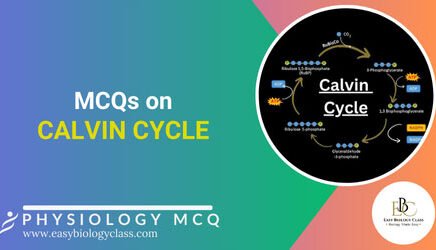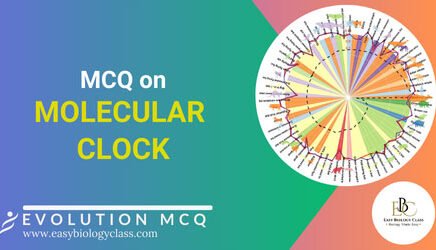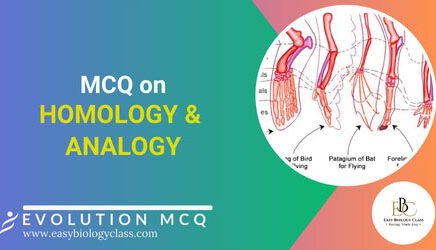
Class 11 Biology Chapter 2 Notes (Biological Classification)
Biological classification is the scientific process of grouping organisms based on their similarities and differences. It involves arranging organisms into a hierarchical system of categories, […]

